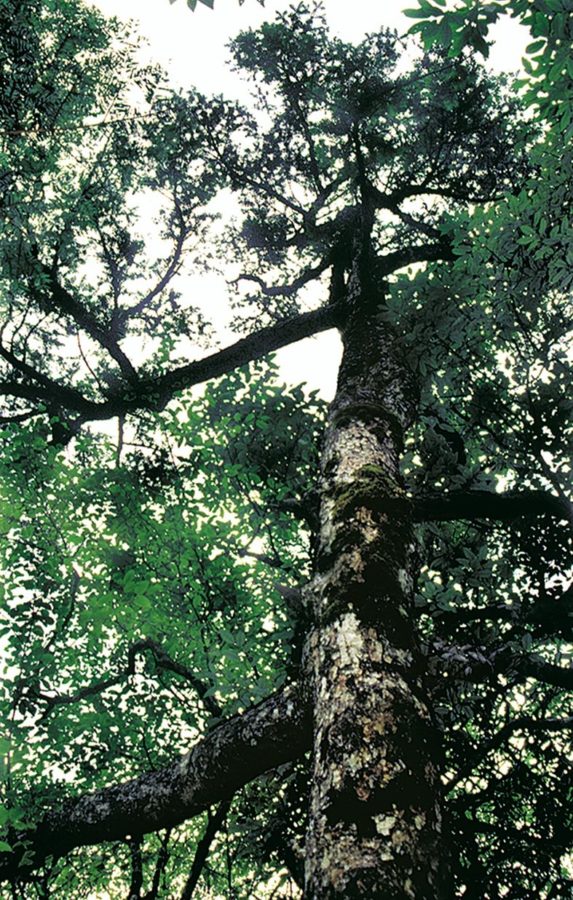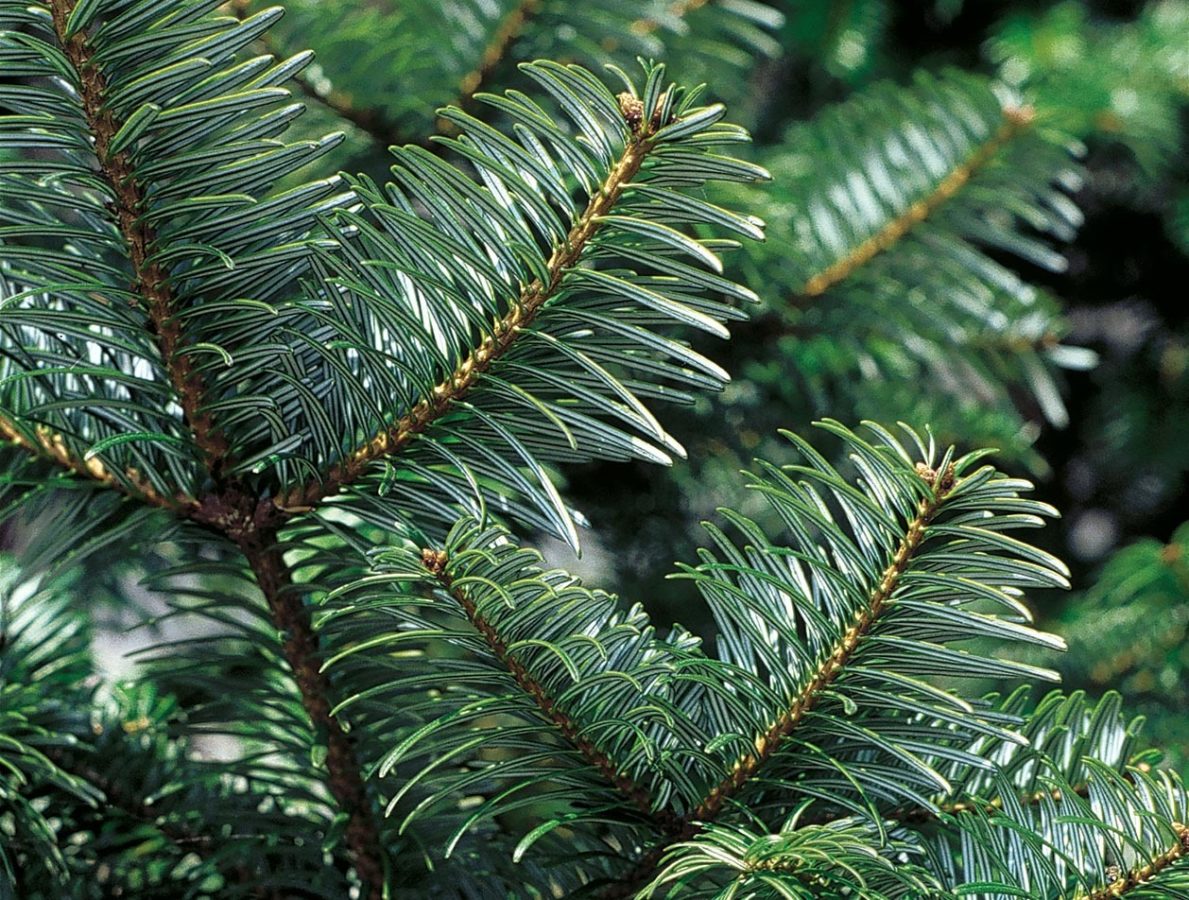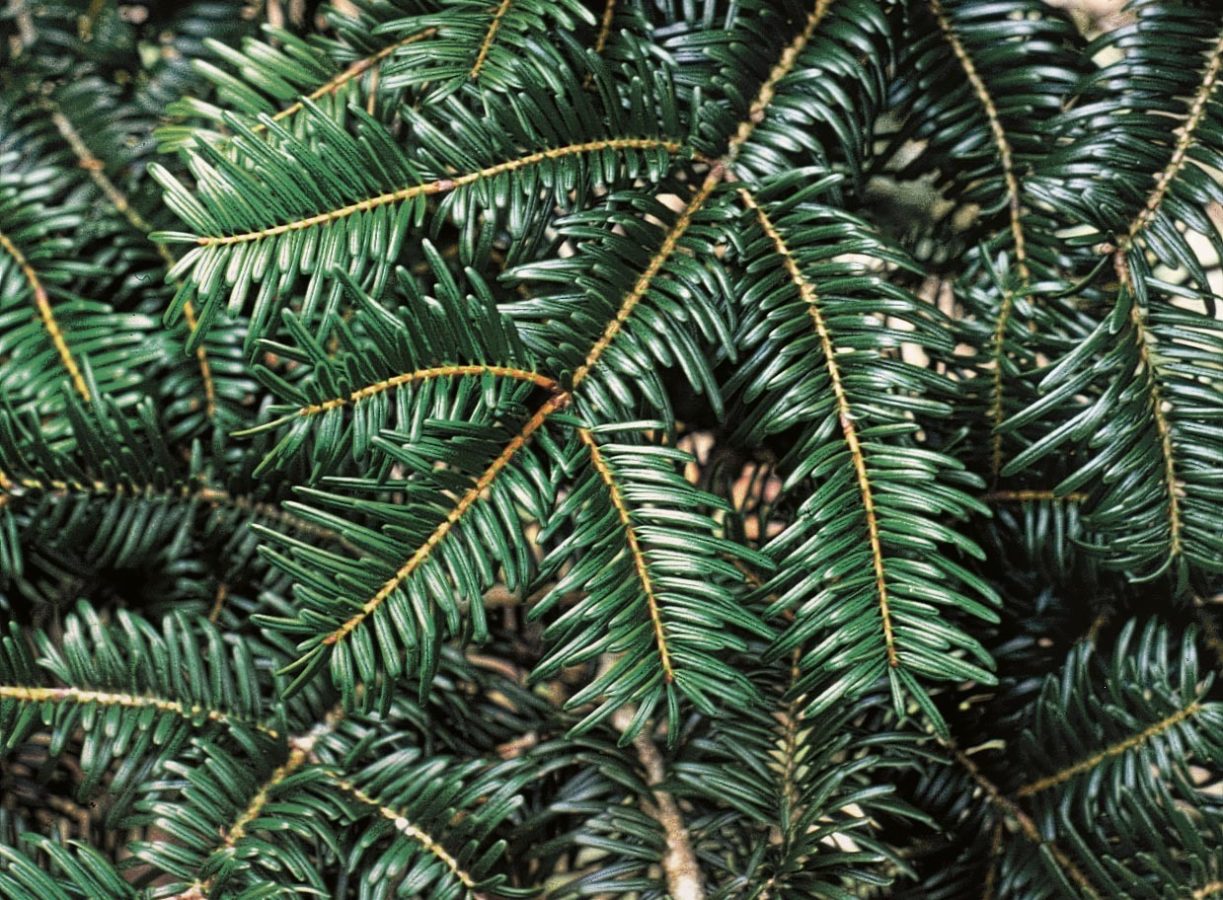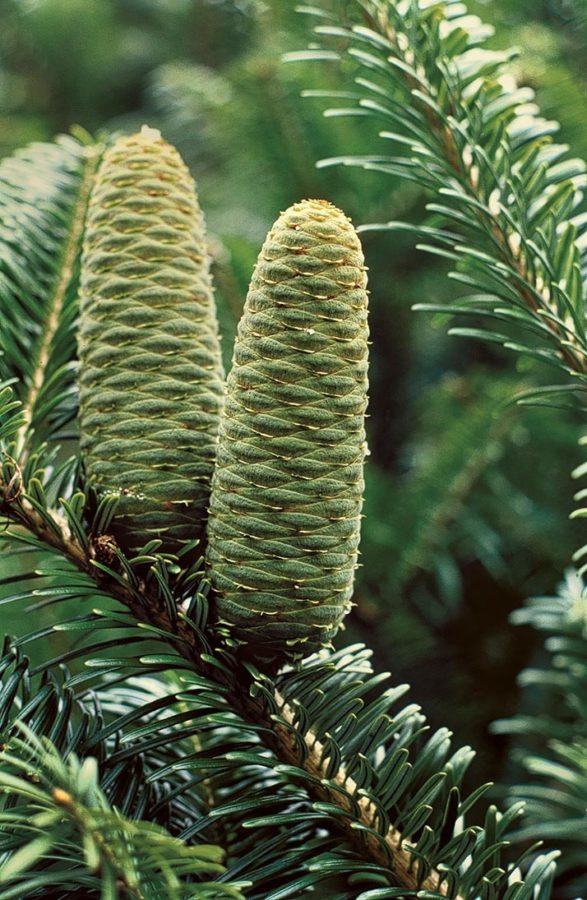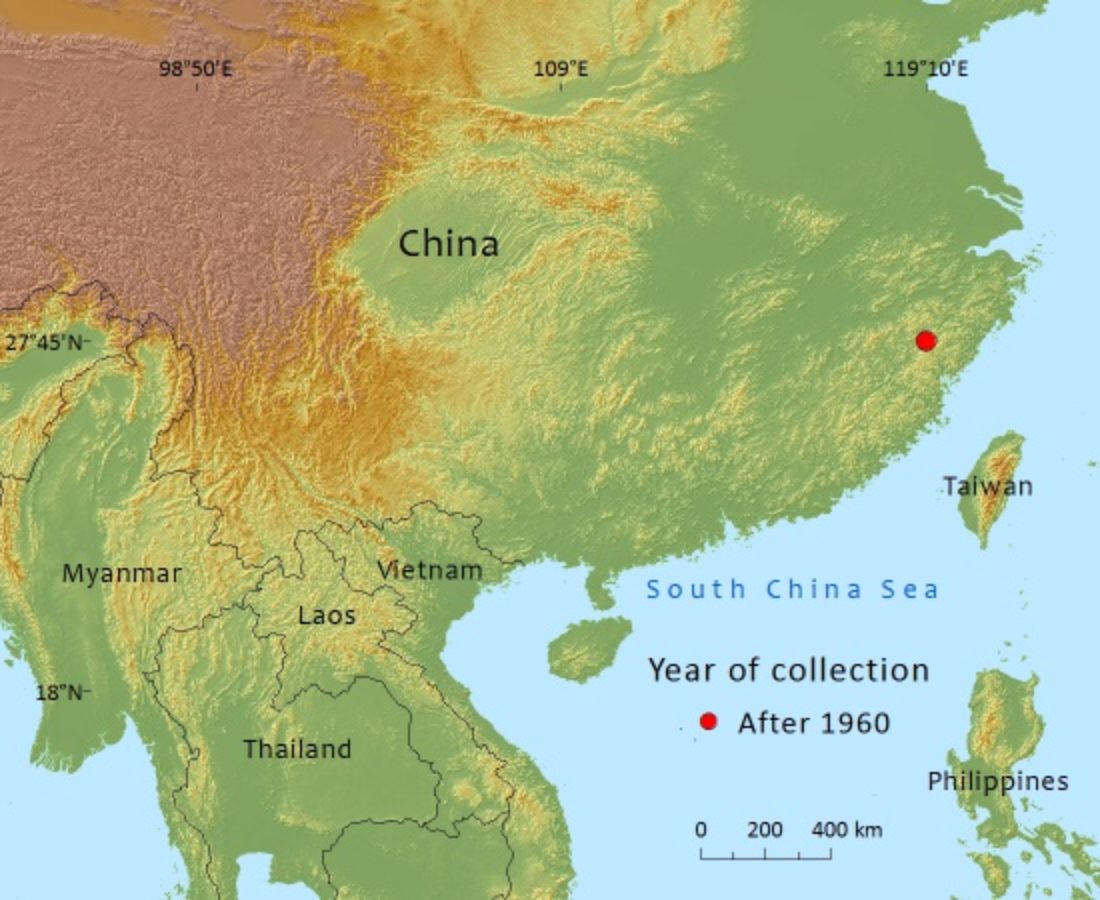Pinaceae
Abies beshanzuensis
Endemic to eastern China in Zhejiang Province where only a handful of mature individuals survive
References and further reading
- Dudley, T.R. (1988). Chinese Firs: Particularly Abies beshanzuensis. American Conifer Society Bulletin 5(4): 84-93.
- Farjon, A. (2010). A Handbook of the World's Conifers. Koninklijke Brill, Leiden.
- Farjon, A. & Page, C.N. (compilers) (1999). Conifers. Status Survey and Conservation Action Plan. IUCN/SSC Conifer Specialist Group. IUCN, Gland, Switzerland and Cambridge, UK.
- Li-kuo, F. & Jian-ming, J. (1992). China Plant Red Data Book – Rare and Endangered Plants 1. Science Press, Beijing.
- Yang, Y., Zhang, D, Luscombe, D, Liao, W., Farjon, A., Katsuki, T., Xiang, Q. & Li, N. (2013). Abies beshanzuensis. In: IUCN 2013. IUCN Red List of Threatened Species. Version 2013.1. <www.iucnredlist.org>. Downloaded on 07 July 2013.
